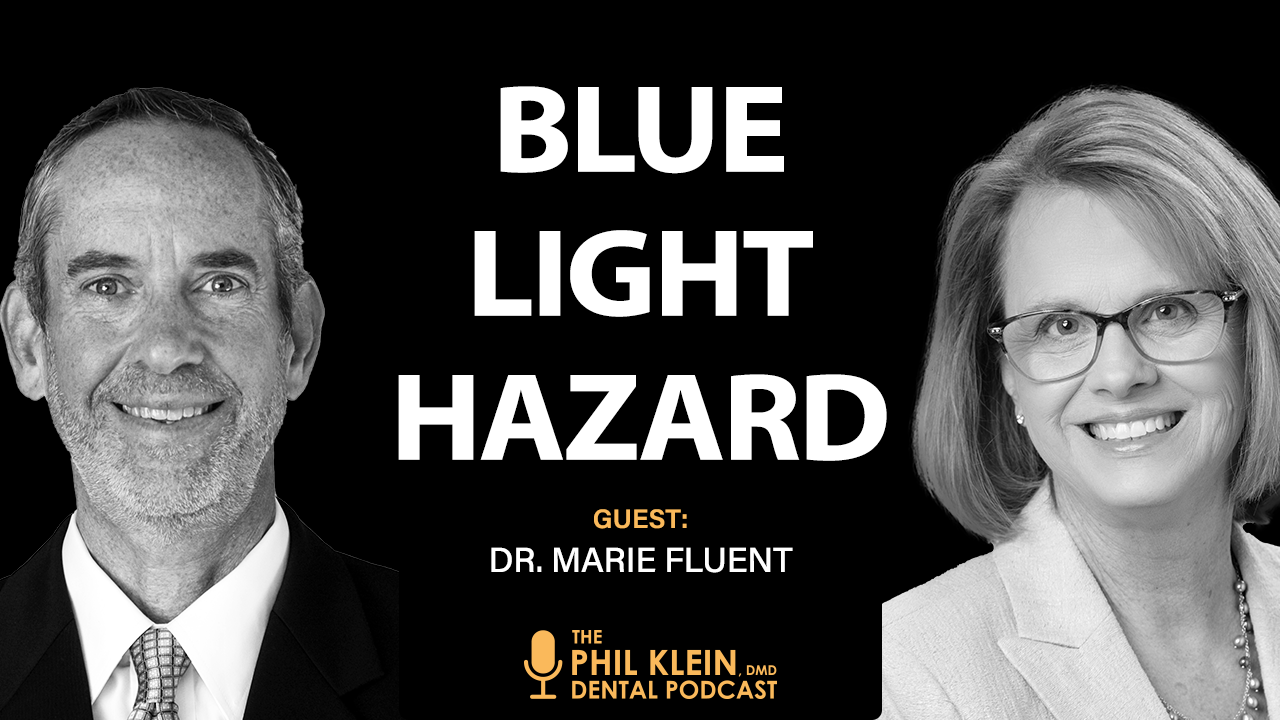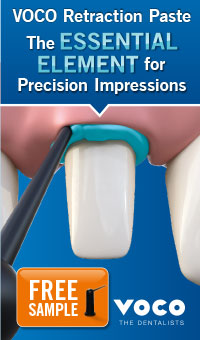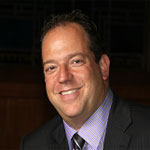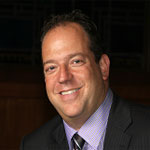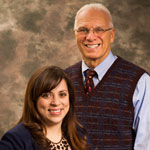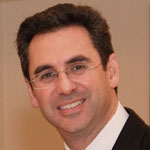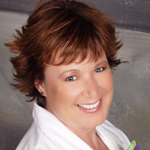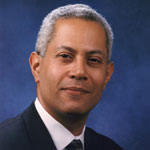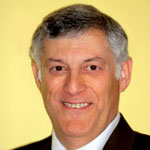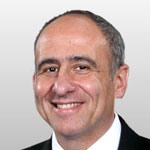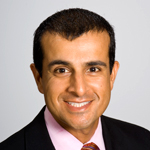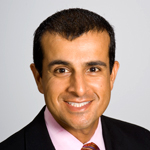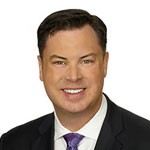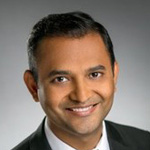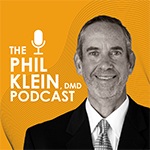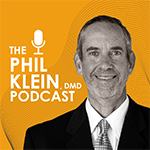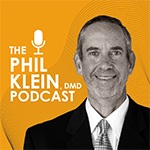Search for On-Demand CE - Earn Self-Study CEU Now!
|
|
Presenter: Dr. Gerard Kugel CE Supporter: VOCO America Release Date: 12/4/14 Reviewed: 2025 Expiration Date: 12/4/28 CE Credits: 1 CEU (Self-Study) View Full Description » |
|
|
Presenter: Sally McKenzie CE Supporter: Practice Management Release Date: 12/3/14 Reviewed: 2025 Expiration Date: 12/3/28 CE Credits: 1 CEU (Self-Study) View Full Description » |
|
|
Presenter: Joanne MacLeod, DipDH, DipDT RCSEd, MSc CE Supporter: Viva Learning Release Date: 11/26/14 Reviewed: 2025 Expiration Date: 11/26/28 CE Credits: 1 CEU (Self-Study) View Full Description » |
|
|
Presenter: Dr. Steve Cutbirth CE Supporter: Solventum (formerly 3M Health Care) Release Date: 11/25/14 Reviewed: 2025 Expiration Date: 11/25/28 CE Credits: 1 CEU (Self-Study) View Full Description » |
|
|
Presenter: Dr. Ron Kaminer CE Supporter: Air Techniques Release Date: 11/20/14 Reviewed: 2025 Expiration Date: 11/20/28 CE Credits: 1 CEU (Self-Study) View Full Description » |
|
|
Presenter: Dr. John F. Weston CE Supporter: Solventum (formerly 3M Health Care) Release Date: 11/20/14 Reviewed: 2025 Expiration Date: 11/20/28 CE Credits: 1 CEU (Self-Study) View Full Description » |
|
|
Presenter: Dr. Ron Kaminer CE Supporter: VOCO America Release Date: 11/19/14 Reviewed: 2025 Expiration Date: 11/19/28 CE Credits: 1 CEU (Self-Study) View Full Description » |
|
|
Presenter: Dr. Carol Tait CE Supporter: Viva Learning Release Date: 11/19/14 Reviewed: 2025 Expiration Date: 11/19/28 CE Credits: 1 CEU (Self-Study) View Full Description » |
|
|
Presenter: Dr. John Molinari and Peri Nelson CE Supporter: Dental Advisor Release Date: 11/19/14 Reviewed: 2025 Expiration Date: 11/19/28 CE Credits: 1 CEU (Self-Study) View Full Description » |
|
|
Presenter: Dr. Joel Henriod CE Supporter: Viva Learning Release Date: 11/19/14 Reviewed: 2025 Expiration Date: 11/19/28 CE Credits: 1 CEU (Self-Study) View Full Description » |
|
|
Presenter: Nancy Andrews, RDH CE Supporter: Viva Learning Release Date: 11/18/14 Reviewed: 2025 Expiration Date: 11/18/28 CE Credits: 1 CEU (Self-Study) View Full Description » |
|
|
Presenter: Patti DiGangi, RDH, BS CE Supporter: DENTALEZ Release Date: 11/17/14 Reviewed: 2025 Expiration Date: 11/17/28 CE Credits: 1 CEU (Self-Study) View Full Description » |
|
|
Presenter: Dr. Martin Jablow CE Supporter: NSK America Release Date: 11/13/14 Reviewed: 2025 Expiration Date: 11/13/28 CE Credits: 1 CEU (Self-Study) View Full Description » |
|
|
Presenter: Colleen Rutledge, RDH CE Supporter: ACTEON Release Date: 11/12/14 Reviewed: 2025 Expiration Date: 11/12/28 CE Credits: 1 CEU (Self-Study) View Full Description » |
|
|
Presenter: Dr. Edmond Hewlett CE Supporter: GC America Release Date: 11/11/14 Reviewed: 2025 Expiration Date: 11/11/28 CE Credits: 1 CEU (Self-Study) View Full Description » |
|
|
Presenter: Dr. Steve Cutbirth CE Supporter: Solventum (formerly 3M Health Care) Release Date: 11/11/14 Reviewed: 2025 Expiration Date: 11/11/28 CE Credits: 1 CEU (Self-Study) View Full Description » |
|
|
Presenter: Dr. Dagmar Ibe CE Supporter: Solventum (formerly 3M Health Care) Release Date: 11/7/14 Reviewed: 2025 Expiration Date: 11/7/28 CE Credits: 1 CEU (Self-Study) View Full Description » |
|
|
Presenter: Dr. James Kouzoukian CE Supporter: Air Techniques Release Date: 10/29/14 Reviewed: 2025 Expiration Date: 10/29/28 CE Credits: 1 CEU (Self-Study) View Full Description » |
|
|
Presenter: Dr. Markus Weitz CE Supporter: VOCO America Release Date: 10/28/14 Reviewed: 2025 Expiration Date: 10/28/28 CE Credits: 1 CEU (Self-Study) View Full Description » |
|
|
Presenter: Dr. Parag Kachalia CE Supporter: Air Techniques Release Date: 10/23/14 Reviewed: 2025 Expiration Date: 10/23/28 CE Credits: 1 CEU (Self-Study) View Full Description » |
|
|
Presenter: Dr. Todd Snyder CE Supporter: Kuraray Noritake Release Date: 10/23/14 Reviewed: 2025 Expiration Date: 10/23/28 CE Credits: 1 CEU (Self-Study) View Full Description » |
|
|
Presenter: Noel Kelsch, RDH CE Supporter: Viva Learning Release Date: 10/22/14 Reviewed: 2025 Expiration Date: 10/22/28 CE Credits: 1 CEU (Self-Study) View Full Description » |
|
|
Presenter: Dr. Parag Kachalia CE Supporter: GC America Release Date: 10/16/14 Reviewed: 2025 Expiration Date: 10/16/28 CE Credits: 1 CEU (Self-Study) View Full Description » |
|
|
Presenter: Dr. Beyza Kircelli CE Supporter: Solventum (formerly 3M Health Care) Release Date: 10/10/14 Reviewed: 2025 Expiration Date: 10/10/28 CE Credits: 1 CEU (Self-Study) View Full Description » |
|
|
Presenter: Dr. Dennis Abbott CE Supporter: DENTALEZ Release Date: 10/7/14 Reviewed: 2025 Expiration Date: 10/7/28 CE Credits: 1 CEU (Self-Study) View Full Description » |
|
|
Presenter: Kristy Menage Bernie, RDH, MS, RYT CE Supporter: Air Techniques Release Date: 10/2/14 Reviewed: 2025 Expiration Date: 10/2/28 CE Credits: 1 CEU (Self-Study) View Full Description » |
|
|
Presenter: Sally McKenzie CE Supporter: Practice Management Release Date: 10/1/14 Reviewed: 2025 Expiration Date: 10/1/28 CE Credits: 1 CEU (Self-Study) View Full Description » |
|
|
Presenter: Debbie Zafiropoulos, RDH CE Supporter: Air Techniques Release Date: 9/30/14 Reviewed: 2025 Expiration Date: 9/30/28 CE Credits: 1 CEU (Self-Study) View Full Description » |
|
|
Presenter: Cynthia Brattesani, D.D.S. CE Supporter: ACTEON Release Date: 9/25/14 Reviewed: 2025 Expiration Date: 9/25/28 CE Credits: 1 CEU (Self-Study) View Full Description » |









